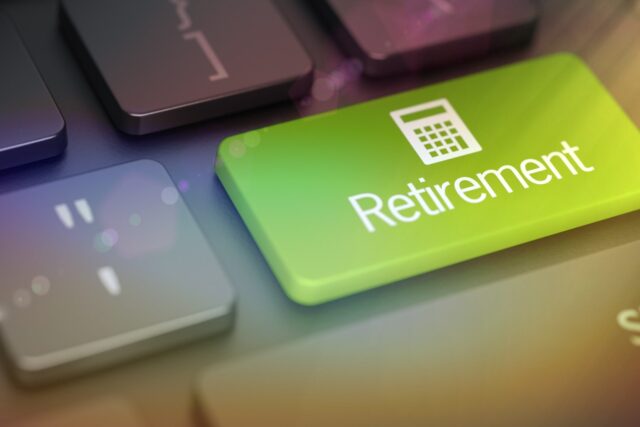If you’re thinking about preparing for retirement in 2020, or if you’re interested in generating a stream of consistent income for other reasons, you’ll need to think carefully about the balance of your portfolio. The economic landscape changes constantly, so what made for a good asset in 2000 may not provide the same level of reliability or growth in 2020.
Which assets are the most valuable to include in a retirement portfolio in 2020?
What Makes an Investment Valuable for a Retirement Portfolio?
First, let’s define what we mean by “valuable.” What qualities should an asset have to be considered valuable for a retirement portfolio?
· Ability to generate revenue. Retirees typically look for assets and investments that can generate cash flow. They don’t want to buy and hold an asset for many years before seeing the results; they’d rather invest in something that can give them income every month.
· Consistency. You shouldn’t have to worry about how much income your investments will generate for you this month. That’s why the ideal retirement investment is one that’s consistent; it allows you to effectively predict how much money you’re going to make, with little (if any) deviation.
· Growth potential. At the same time, you should have at least some assets with long-term growth potential. You’ll need some kind of growth mechanism in place to outpace inflation.
· Resilience to market fluctuations. Some markets are volatile, with occasional fluctuations that can send prices bouncing up and down. Good retirement investments allow you to avoid this (or at least minimize the consequences).
Options for Your Retirement Portfolio
These are some of the best investments to include in your retirement portfolio:
· Rental property. First, consider investing in rental property. As long as your property stays occupied by tenants, you should be able to generate rental income in excess of the costs of maintaining the property. Plus, over time, the value of your property should increase—especially if you’ve chosen a high-growth neighborhood in which to invest—adding to the total size of your portfolio. Additionally, if you don’t want to spend the time and effort to maintain your property, you can hire a property management company to remain relatively hands-off.
· REITs. If you’re interested in benefiting from exposure to the real estate market, but you don’t want to take the time to find a perfect property to buy, consider investing in real estate investment trusts (REITs). These assets function much like stocks or ETFs, but they’re tied to the performance of real estate holdings.
· Dividend stock ETFs. Even though the stock market is a bit too volatile for many retirement investors, there are still lots of benefits to be had if you invest the right way. For starters, consider targeting dividend-paying stocks; these stocks tend to be reliable, with a focus on consistent performance. They also issue quarterly dividends, giving you access to recurring cash flow. If you invest in an exchange traded fund (ETFs) with many different dividend-paying stocks included, you’ll be able to minimize your exposure to risk even further.
· Bonds. Bonds aren’t quite as powerful as they used to be, but they’re still a valuable and conservative investment to include in your portfolio. In case you aren’t familiar, bonds function like loans; you’ll provide a sum of money to a government or an organization, and in exchange, you’ll receive a fixed rate of interest. Again, you can minimize your risks here by investing in many bonds at once with the help of an ETF.
· Annuities. If you’re interested in even more reliability and consistency, you could consider purchasing an annuity. With an annuity, you’ll receive a fixed monthly payment every month for the rest of your life; the amount you receive will depend on the amount of money you pay upfront. Different terms and conditions will apply, so make sure you do your research before choosing an annuity to buy.
The Importance of Diversification
Even if you’re optimizing your portfolio for a very specific purpose, like generating a consistent stream of income, it’s important to diversify your holdings. Including a mix of different assets in your portfolio will guard you against economic fluctuations in any single area, and can prevent you from suffering any kind of catastrophic loss. Of course, you can still focus on some assets more than others, but you never want too much of your portfolio to be centered on any one asset or industry.
Additionally, don’t be afraid to rebalance your portfolio routinely. If you’re nervous about upcoming volatility, shift to more conservative plays. If you’re looking for more aggressive growth, shift to favor more equities. Remaining adaptable is one of the best things an investor can do—even when they’re approaching retirement.



Lastest Posts
Lifestyle
Big Game Hunting in The Iberian Mountains: Must-Visit Destinations for Hunters
Education
How machine translation is changing the industry: When to use it and when to avoid it?
Health
EEG Analysis: Technology Connecting the Brain to the Future
Marketing
Advancements in Solar Panel Technology: Illuminating the Path to a Sustainable Future
Lifestyle
How to Build a Capsule Wardrobe: Essentials for Every Man
Lifestyle
Women in the Catholic Church: Roles, Recognition, and Calls for Change
Marketing
Experiential Marketing for Brands: Crafting Unforgettable Consumer Connections